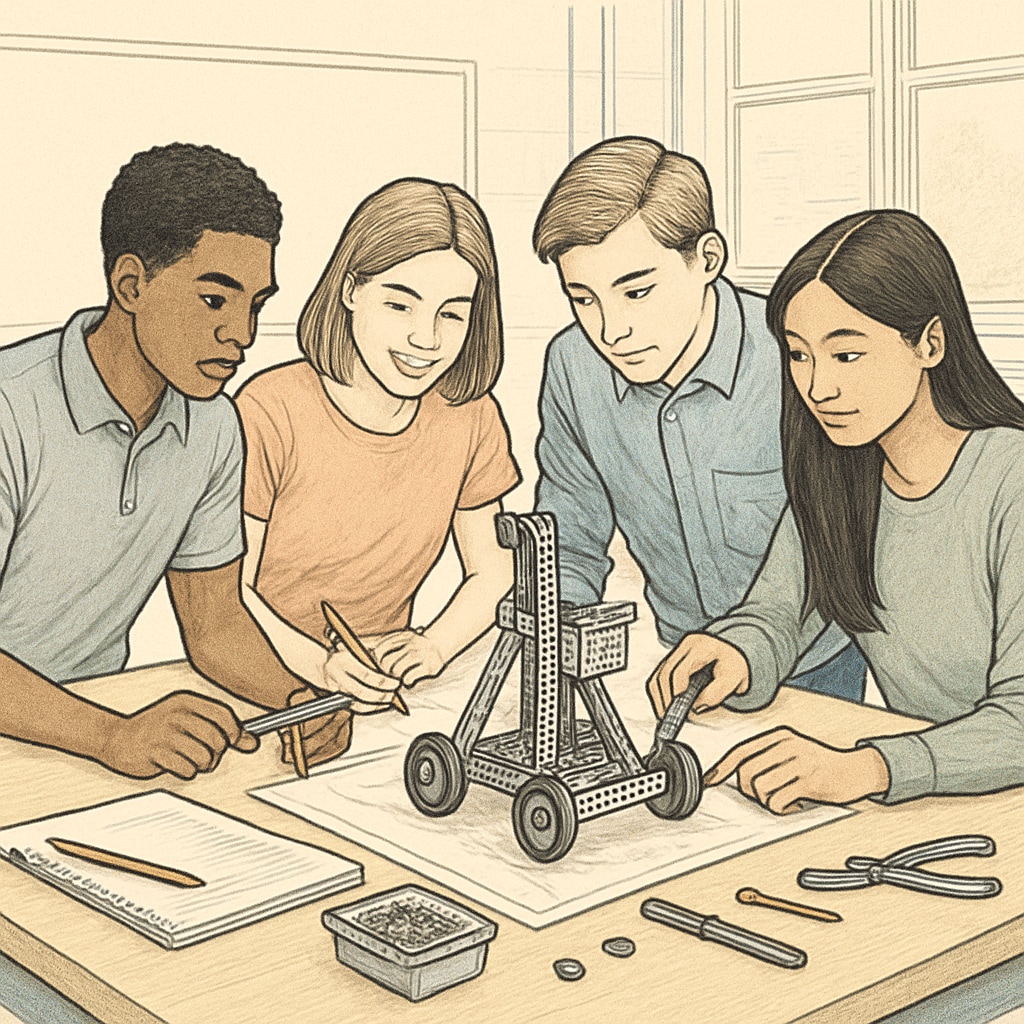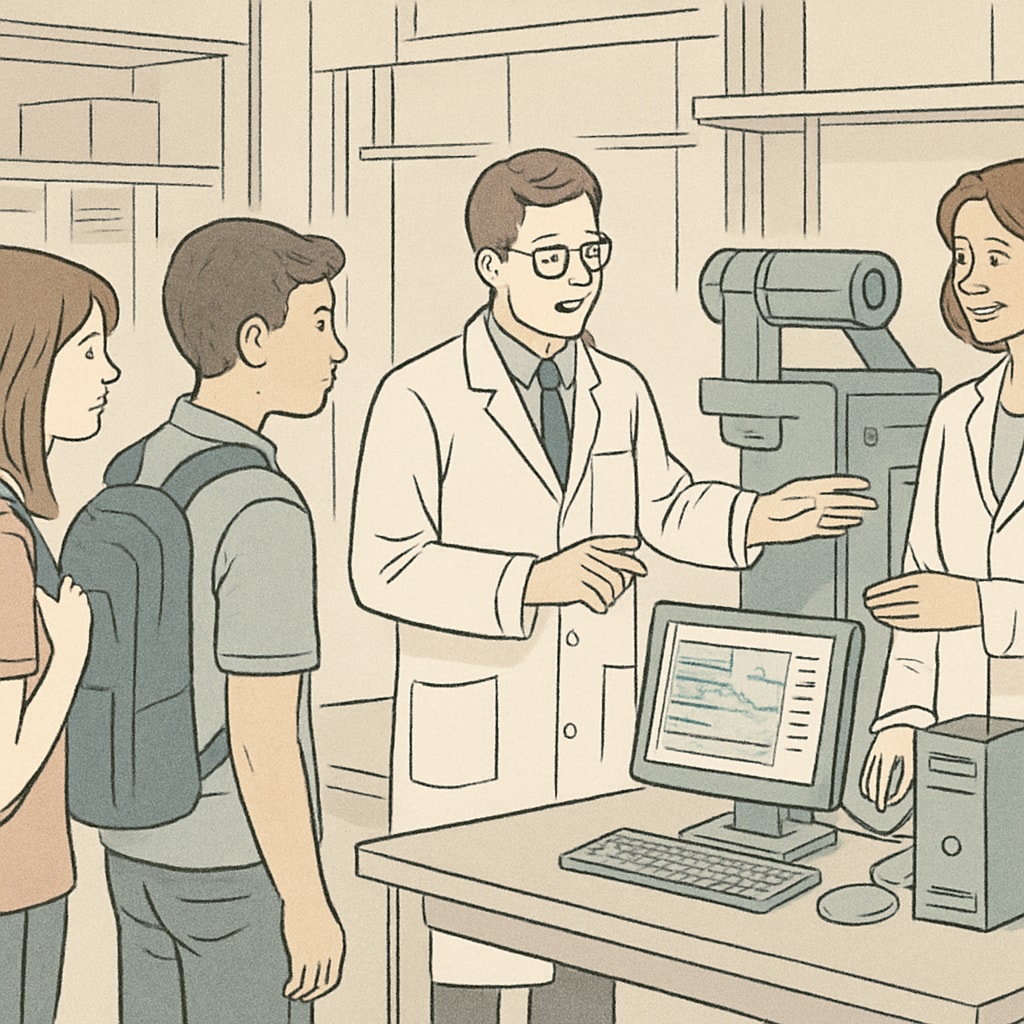Developing “engineering design thinking, master’s degree aspirations, and career planning” starts in the formative K12 years. These stages are critical for equipping students with the skills, mindset, and awareness needed for future academic and professional success. By strategically introducing engineering concepts, fostering curiosity, and encouraging exploration, schools can transform career preparation into a dynamic and engaging experience.
Engineering Design Thinking: A Foundation for Problem Solving
Engineering design thinking is a structured approach to solving problems that emphasizes creativity, iteration, and collaboration. By integrating this methodology into K12 curricula, educators can help students develop critical skills that transcend traditional academic disciplines. For example, incorporating hands-on projects such as designing sustainable solutions or building prototypes enables students to connect theoretical knowledge with practical application.
- Encourage brainstorming and divergent thinking during collaborative tasks.
- Introduce prototyping to foster iterative learning and adaptability.
- Highlight the importance of empathy in understanding user needs.
As students grasp the principles of engineering design thinking, they become better equipped to tackle real-world challenges. These skills are increasingly sought after in industries ranging from technology to healthcare.

Building Career Awareness Through Exploration
Career planning should not feel like an abstract concept reserved for older students; it can begin early in K12 education through structured exploration activities. Schools can incorporate opportunities for students to engage with professionals, visit workplaces, and participate in STEM-focused events. This exposure broadens students’ understanding of potential career paths in fields such as engineering, architecture, and technology.
For example:
- Organize guest lectures featuring engineers and designers from different industries.
- Host career fairs that emphasize STEM and design-related fields.
- Facilitate internships or shadowing opportunities for high school students.
These experiences help students visualize their future roles and identify the skills they need to thrive in their chosen fields. As a result, they approach their education with greater focus and a sense of purpose.

Critical Decision-Making: A Skill for Lifelong Success
One of the most valuable skills students can develop in K12 education is critical decision-making. This involves evaluating options, considering long-term impacts, and making informed choices. For those pursuing engineering degrees or master’s programs, these skills are essential for navigating academic and career challenges.
Educators can encourage critical decision-making by:
- Presenting real-world scenarios where students must weigh competing priorities.
- Teaching risk assessment and the importance of contingency planning.
- Incorporating reflective practices to help students assess their learning and growth.
Students who master critical decision-making are better prepared to handle the complexities of professional life, whether they are designing innovative products or managing large-scale projects.
In conclusion, the K12 phase offers a unique opportunity to cultivate engineering design thinking, introduce career exploration, and develop critical decision-making in students. By prioritizing these elements, schools can empower students to envision and achieve their academic and professional goals.
Readability guidance: Use short paragraphs and lists to enhance clarity. Maintain a balance between technical and accessible language to ensure broad understanding. Incorporate transitional phrases to improve flow.


